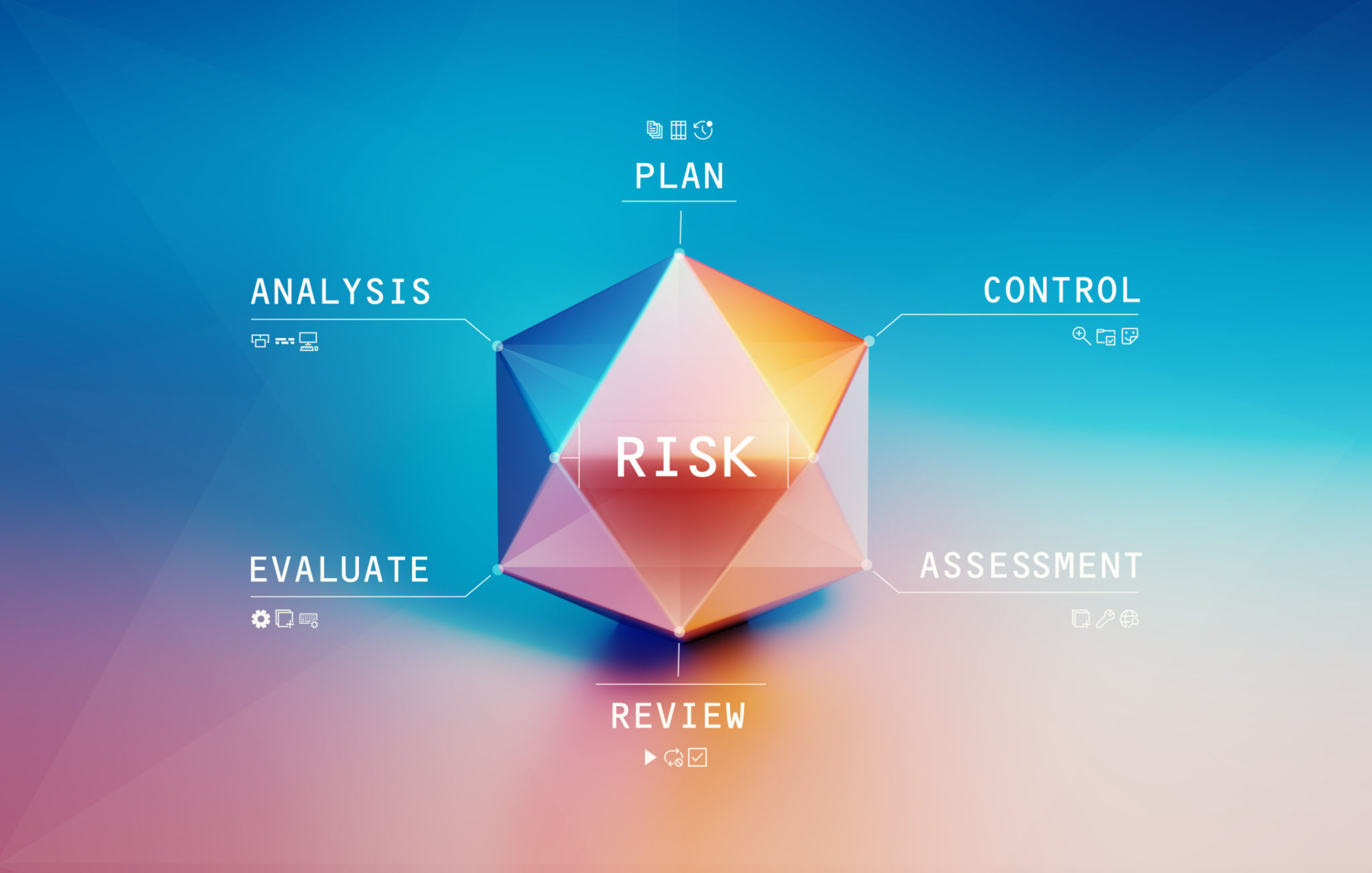Preparing Your Business for Cyber Threats: A Comprehensive Cybersecurity Guide
Understanding Cyber Threats
In today's digital age, businesses are increasingly vulnerable to cyber threats. From data breaches to ransomware attacks, the risks are numerous and evolving. Understanding these threats is the first step in protecting your business. Cyber threats can disrupt operations, harm reputation, and lead to significant financial losses. It's crucial for businesses, regardless of size, to prioritize cybersecurity.

Assessing Your Current Cybersecurity Measures
Before you can enhance your cybersecurity, you need to assess your current measures. Begin by conducting a thorough audit of your existing systems and protocols. Identify any vulnerabilities or outdated practices that could leave your business exposed to threats. This assessment will serve as a foundation for building a more robust cybersecurity strategy.
Key Areas to Evaluate
When assessing your cybersecurity posture, focus on these key areas:
- Network Security: Ensure that your network is protected with firewalls and intrusion detection systems.
- Data Protection: Implement encryption and backup solutions to safeguard sensitive information.
- User Access Control: Limit access to critical systems and data to authorized personnel only.
Implementing Strong Security Policies
Once you've identified potential weaknesses, it's time to implement strong security policies. Establish clear guidelines for data handling, password management, and incident response. Regularly update these policies to reflect new threats and technologies. Training employees on these policies is equally important, as human error is often a significant factor in security breaches.

Essential Security Practices
Adopt the following security practices to enhance your business's defenses:
- Regular Software Updates: Keep all software and systems up to date with the latest security patches.
- Multi-Factor Authentication (MFA): Implement MFA to add an extra layer of security for user access.
- Data Encryption: Encrypt data both in transit and at rest to prevent unauthorized access.
Investing in Advanced Technologies
Technology plays a critical role in defending against cyber threats. Consider investing in advanced cybersecurity solutions such as artificial intelligence (AI) and machine learning (ML) tools. These technologies can help detect anomalies and respond to threats faster than traditional methods. Additionally, cloud-based security solutions offer scalability and flexibility for businesses of all sizes.

Establishing an Incident Response Plan
No matter how strong your defenses are, incidents can still occur. Having a well-defined incident response plan is essential for minimizing damage and recovering quickly. This plan should outline the steps to take during a breach, including communication protocols and responsibilities. Regularly test and update your plan to ensure its effectiveness.
Components of a Strong Incident Response Plan
Your incident response plan should include:
- Identification: Detect and identify the nature of the incident promptly.
- Containment: Isolate affected systems to prevent further damage.
- Recovery: Restore systems and data from backups as quickly as possible.
- Lessons Learned: Analyze the incident to improve future responses.
The Importance of Continuous Monitoring
Cybersecurity is not a one-time effort but an ongoing process. Continuous monitoring is essential for detecting new threats and vulnerabilities as they arise. Implement security information and event management (SIEM) tools to gain real-time insights into your network's activity. Regularly review logs and reports to identify any suspicious behavior that may need further investigation.

By following these comprehensive guidelines, you can significantly reduce the risk of cyber threats to your business. Remember, cybersecurity is a shared responsibility that requires vigilance and proactive measures from every member of your organization.
